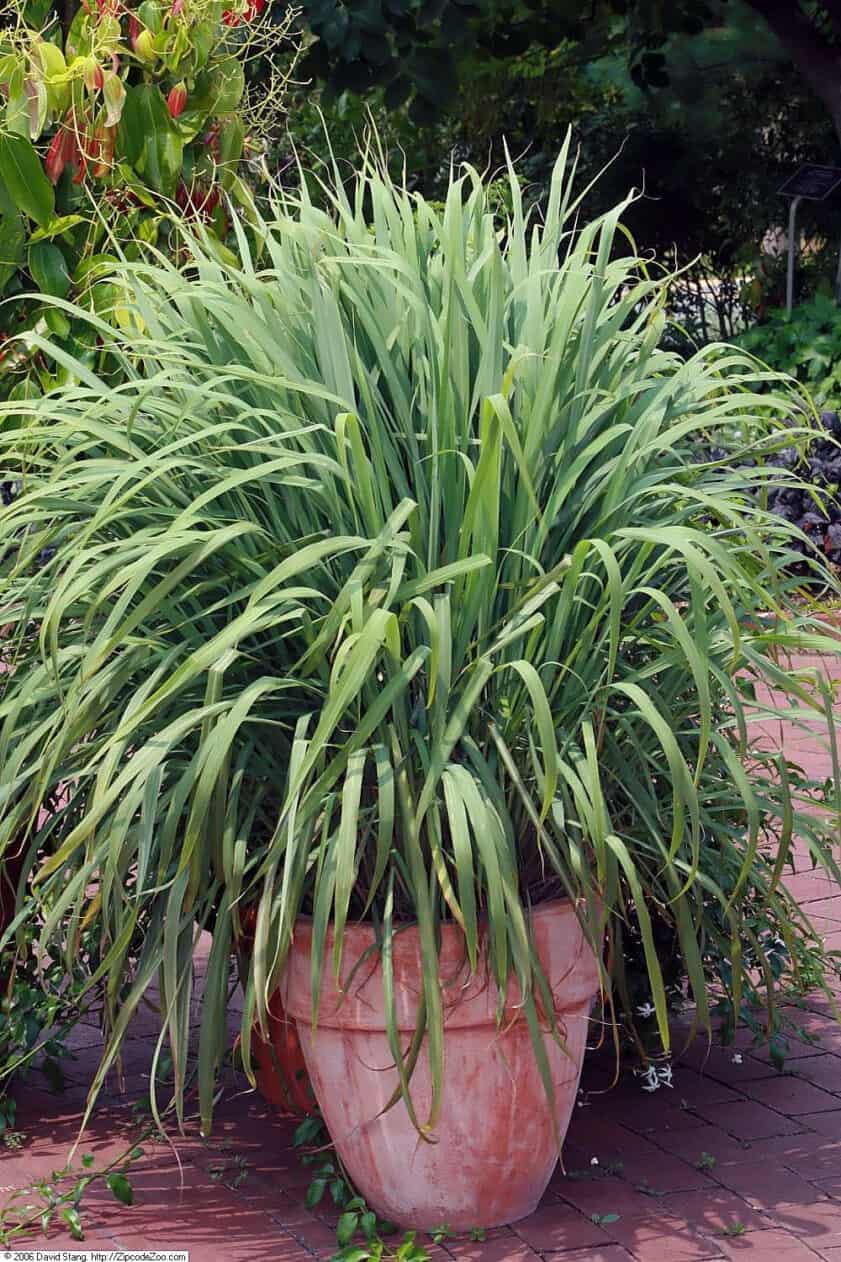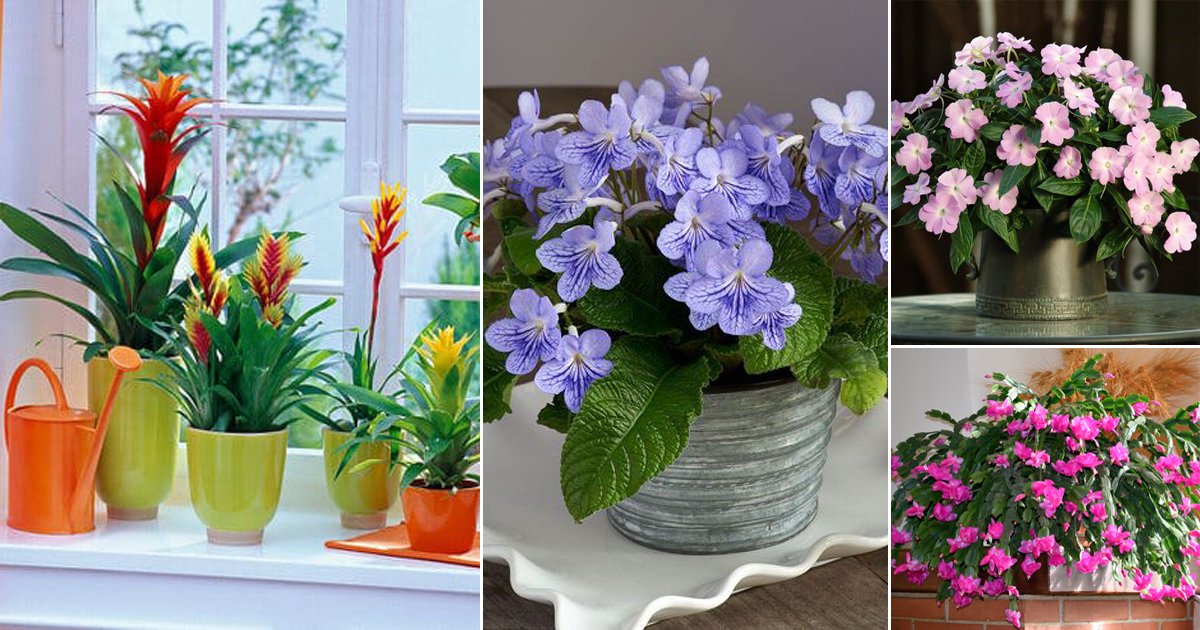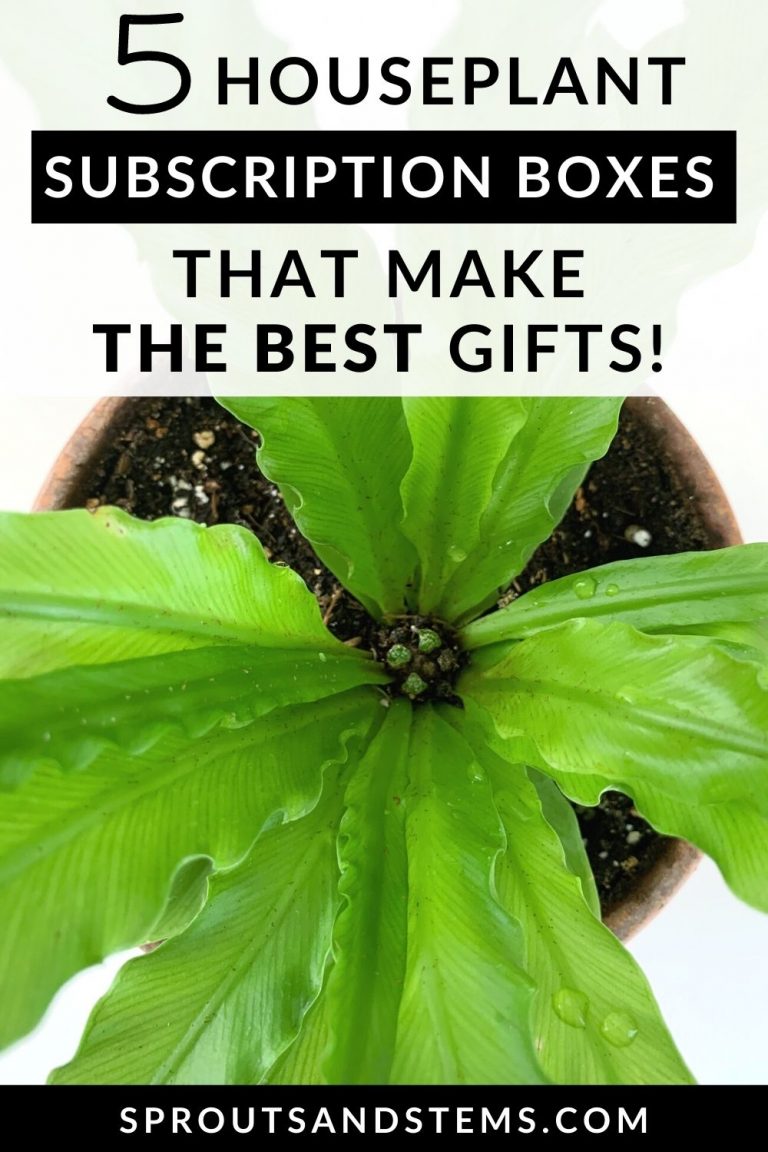Bring Buzz-Free Bliss: How to Grow and Care for Citronella Grass

If you’ve spent any time in the garden section, you’ve probably been lured by promises of a “mosquito-free haven”—just plant citronella grass and voilà, instant backyard paradise. Here’s the honest truth from someone who fell for that marketing myself: growing citronella grass is not magic, but it is refreshingly simple—no need to get bogged down in complicated soil tests or exotic fertilizer regimens.

Let’s cut through the noise and keep things real.
Why I Love Citronella Grass (And What Nobody Warned Me About)
My first encounter with citronella grass was a little chaotic: picture me, 2016, wildly waving a pot of what turned out to be “citronella-scented geranium” at mosquitoes during a backyard BBQ—absolutely zero effect except for confusing looks from my guests. Lesson learned: citronella grass is not a geranium at all! It’s actually Cymbopogon nardus or Cymbopogon winterianus, tall and green with blades that smell lemony when crushed. The botanical imposters? Save them for the windowsill.
So why bother with citronella? For starters, it smells incredible—imagine slicing into a fresh lemon on a summer morning—and it adds movement and height wherever you plant it.
The Uncomplicated Route: Growing Citronella Grass Without Overthinking It
1. Don’t Obsess Over Soil Labs—Just Check Drainage!
Here’s the shortcut almost every expert skips: grab your hose and run water over the spot where you’d like to plant. If there’s still a puddle an hour later, skip that area or mix in some coarse sand or compost until water drains quickly. That’s it! Citronella isn’t picky—it just hates soggy roots.
2. Full Sun Means Happy Grass
No need for charts or apps—just choose the sunniest spot you have (at least six hours of direct light). Even half-day sun can work if your summers sizzle past 95°F often.
My Fail: I once stuck two clumps in an east-facing nook that only got dappled light. They sulked all season while their sunny siblings doubled in size by July.
3. Planting Made Ridiculously Easy
- Dig bigger than you think you need (twice as wide as the nursery pot).
- Tease out those circling roots with your fingers — yes, even if you’re squeamish!
- Toss some compost into backfill for a gentle nutrient boost.
- Water deeply right after planting.
When I’m feeling lazy, I’ve actually just chopped up dense turf with a shovel, plopped my grass in—which sounds reckless but has never failed me yet if drainage is good.

4. Watering: Think "Rainy Season," Not "Monsoon"
For years I fussed over moisture meters… then realized my best indicator was simply poking my finger an inch into the soil. If it feels dry-ish, time to water. For pots on hot patios, sometimes that means daily; for beds with mulch, twice a week suffices even during heat waves.
Pro tip from too many drowned plants: never let pots sit in saucers of water! Let them drain after each watering.
5. Fertilizing? Keep It Basic
Here’s where people overthink things—skip specialty blends unless you’re running an herb farm! Ordinary balanced fertilizer (10-10-10) once a month during spring/summer will do; if you forget occasionally (guilty), nothing catastrophic happens.
In fact, one season I went all-in with fancy organic seaweed mixes and saw… very little difference compared to my old-school granular feed sprinkled every couple months.
Real Stories from Real Gardens
Patio Heroics:
I watched my friend Lisa transform her California patio by cramming three citronella clumps along one side—not perfectly measured spaces either (she eyeballed about two feet apart). By July her guests could hardly see their shoes under arching green leaves—and yes, they marveled at the scent when she handed them freshly snipped blades to rub between their palms.
The Apartment Experiment:
After moving to Chicago without outdoor space, I packed three plants into one big terra cotta pot next to my kitchen window. Not only did they survive indoors through the winter (as long as temps stayed above 55°F), but they made fantastic air “fresheners”—one quick brush sent citrusy notes floating throughout my tiny apartment.
Northern Survivalist:
A buddy in Vermont divides his monster clump every fall before frost hits—sections go into buckets near his brightest basement window until May rolls around again. No grow lights needed!

When Things Go Sideways (And How To Fix Them)
If your leaves turn yellow? Nine times out of ten: too much water or clay-heavy soil choking those roots. Try cutting back on watering frequency—or dig up and replant with extra sand mixed in if drainage remains stubbornly poor.
Brown tips? Usually windburn or letting things go bone-dry during August heatwaves. Group pots together for protection or give an extra drink before those dry spells hit; don’t stress about exact amounts—the goal is “moist,” not muddy.
Citronella looking stunted? Grab your hand trowel and check underneath—is it rootbound? Gently tease apart tangled masses and plunk halves into new pots or garden spots—they bounce back fast!
Funky bugs or fuzzy mildew? Honestly rare outside super-humid climates; washing leaves off with soapy water always does the trick for me if aphids show up after rainstorms.
Mosquitoes still buzzing around? Here’s something few experts will admit—simply planting citronella isn’t enough! Snap off a blade and crush it between your fingers while sitting outside—that scent is what really gets noticed by bugs (and humans).
Zero-Stress Checklist
Want to guarantee success without spreadsheets?
- Buy REAL citronella grass (Cymbopogon nardus/winterianus)—not scented imposters.
- Find full sun, even partial shade works in sweltering regions.
- Improve drainage quickly using shovel + sand/compost mix.
- Water when dry, fertilize monthly (or whenever you remember).
- Prune dead leaves anytime—don’t overanalyze technique!
- Divide every couple years—give extras away like gardening gold.
- Crush blades at outdoor gatherings for instant aromatherapy (+ minor bug relief).
- Overwinter indoors above 50°F—or treat as annuals in cold zones!
Trust me—you don’t need complicated schedules or high-tech gadgets to enjoy thriving citronella grass year after year; start simple and adjust as you observe what works best for YOUR patch of earth.
Like so much in gardening—and life—the biggest breakthroughs come from keeping things uncomplicated and having fun experimenting along the way!



